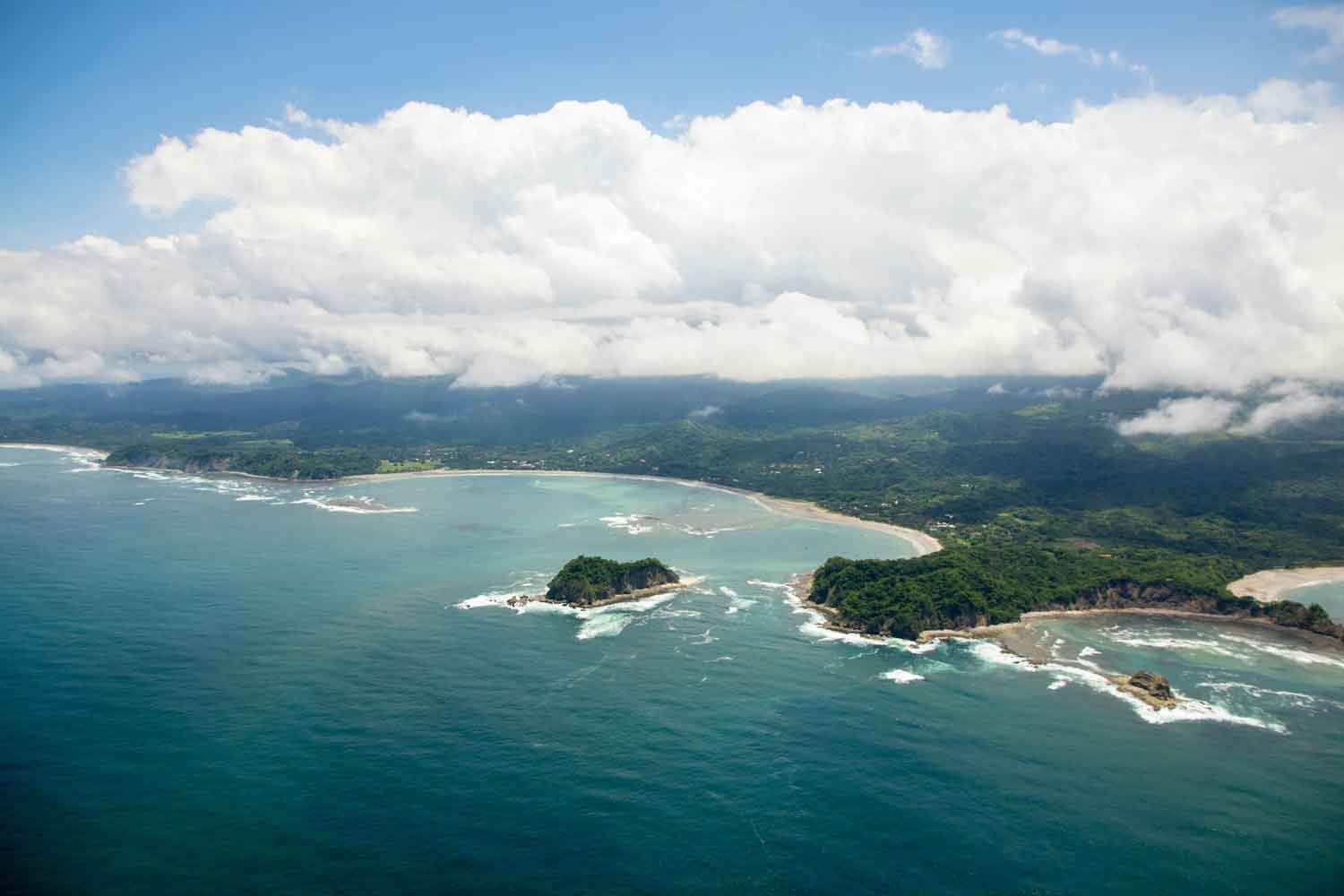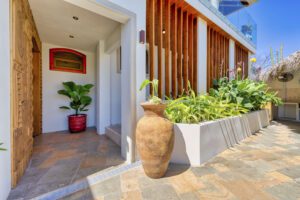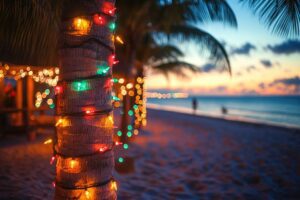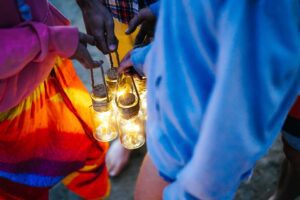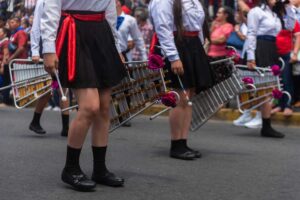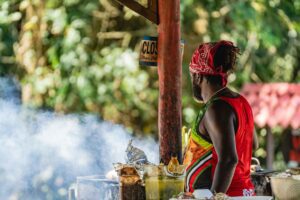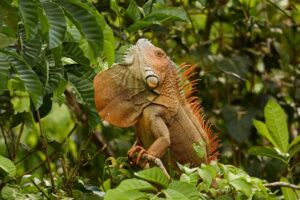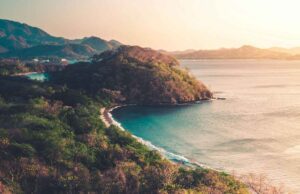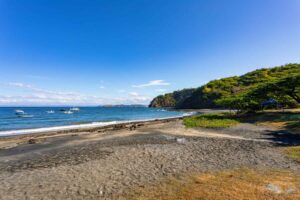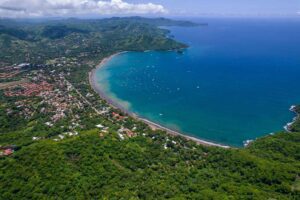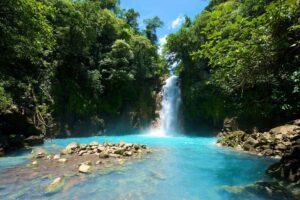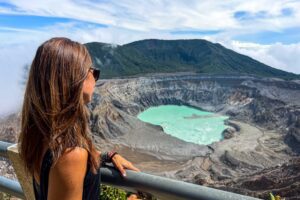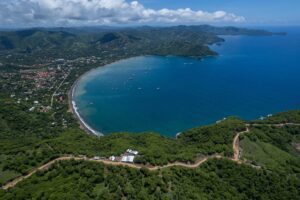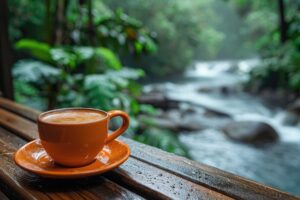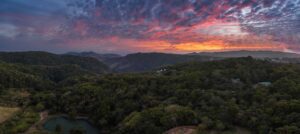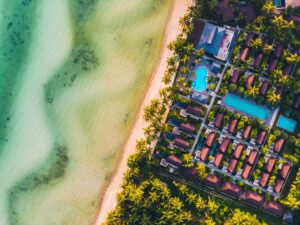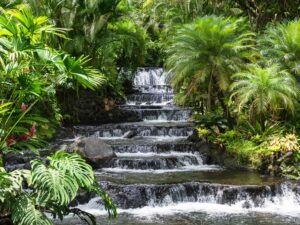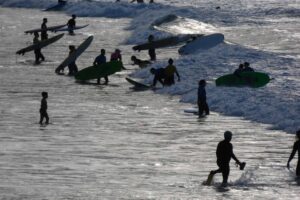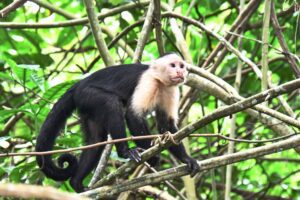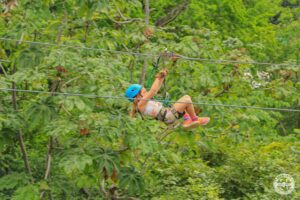Welcome to Guanacaste — Costa Rica’s Wild West (and Sunny Coastline)
Step into Guanacaste and you’ll feel the difference right away. Maybe it’s the warm, dry breeze rolling in from the plains, the sight of sabaneros (cowboys) on horseback, or the scent of wood smoke and fresh tortillas drifting from a roadside soda. This is Costa Rica, yes — but with a proud identity all its own.
From a fascinating history of independence to holidays that turn entire towns into one big fiesta, Guanacaste is a living blend of tradition, resilience, and joy.
A History Written by Choice
Long before surf towns and luxury resorts, this region was the Partido de Nicoya — part of Nicaragua. The people here traded, celebrated, and intermarried with both Nicaragua and Costa Rica, living in a crossroads of culture.
In 1824, they were given a choice: remain with Nicaragua or join Costa Rica. In a rare moment of peaceful decision-making in Latin American history, most communities voted to become part of Costa Rica. On July 25, 1824, La Anexión del Partido de Nicoya became official.
That choice wasn’t just political — it was practical. Costa Rica offered stability and economic promise, and the people of Guanacaste seized the opportunity.
Today, that sense of independence and self-determination is still woven into Guanacasteco pride.
Holidays That Tell the Story
Guanacaste’s culture comes alive through its festivals — a mix of Indigenous roots, Spanish colonial traditions, and rural cowboy heritage. Here are the standouts:
Guanacaste Day – July 25
The crown jewel of local celebrations, this holiday marks the annexation to Costa Rica. Towns explode with color — parades, folkloric dances, bull riding, music, and mountains of corn-based treats. It’s a full-on cultural showcase.
Tope and Fiestas Civicas
Think of it as a county fair meets a rodeo, Costa Rican style. Horses parade through town, bands play marimba music, and the evenings bring corridas de toros (bull runs) — less about harming the bull and more about testing the bravery of participants.
Semana Santa (Holy Week)
A more solemn celebration, Holy Week is observed with religious processions, reenactments of biblical events, and traditional foods like rosquillas (cornmeal rings) and fresh seafood.
Patron Saint Festivals
Every town has its patron saint, and these festivals combine Catholic tradition with folk music, dancing, and (of course) delicious food.
The Culture: Marimbas, Cowboys, and Maíz
If Costa Rica has a cowboy province, it’s Guanacaste. The sabanero (cowboy) tradition runs deep — you’ll see it in the wide-brimmed hats, the horsemanship, and the importance of cattle ranching in rural life.
Music is another heartbeat here. The marimba, declared the national instrument of Costa Rica, has deep roots in Guanacaste and provides the soundtrack to most local celebrations.
And then there’s the food. Guanacaste’s cuisine leans heavily on corn: tortillas, tamales, chorreadas (sweet corn pancakes), and arroz de maíz (corn rice) all make regular appearances, along with fresh cheese, plantains, and tropical fruits.
Why It Feels Different Here
Part of Guanacaste’s charm is that it’s both deeply Costa Rican and uniquely its own. The dry tropical climate shapes daily life, the history fosters independence, and the traditions — from music to rodeos — keep the community connected to its roots.
Visitors don’t just see Guanacaste — they feel it. Whether you’re joining a parade in Liberia, watching the sunset in Tamarindo, or sipping coffee in a quiet inland village, you’re tapping into a proud, living culture shaped over centuries.

